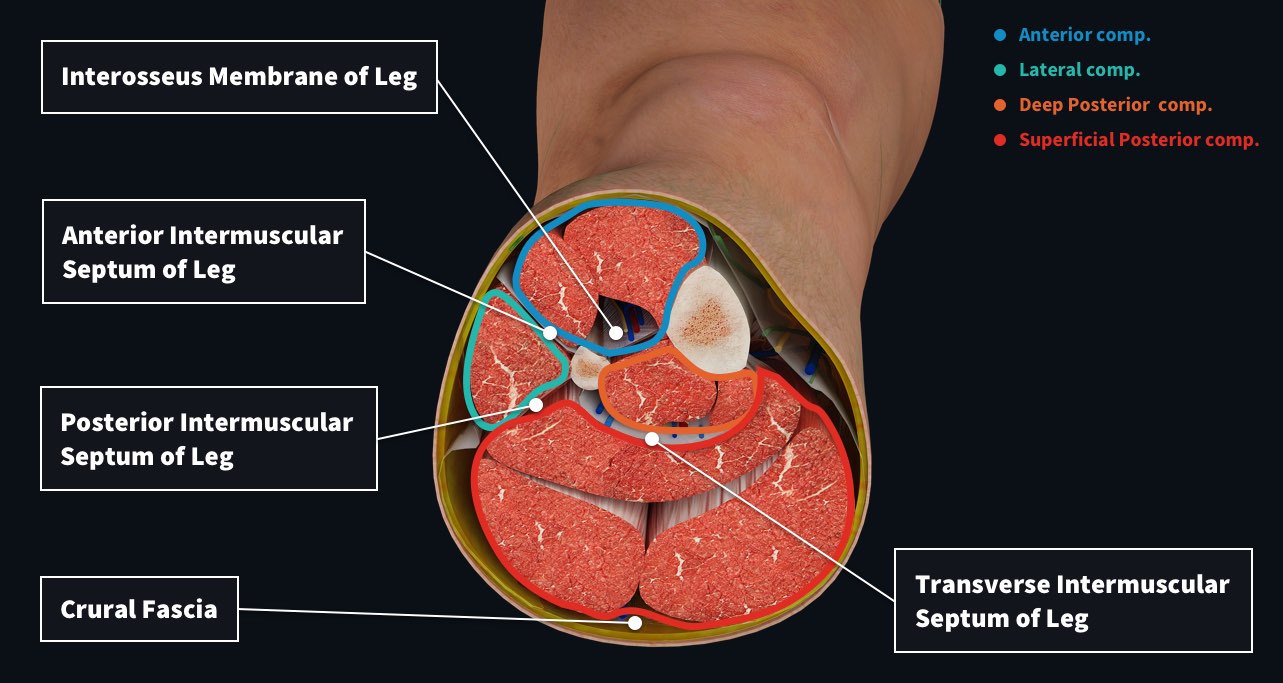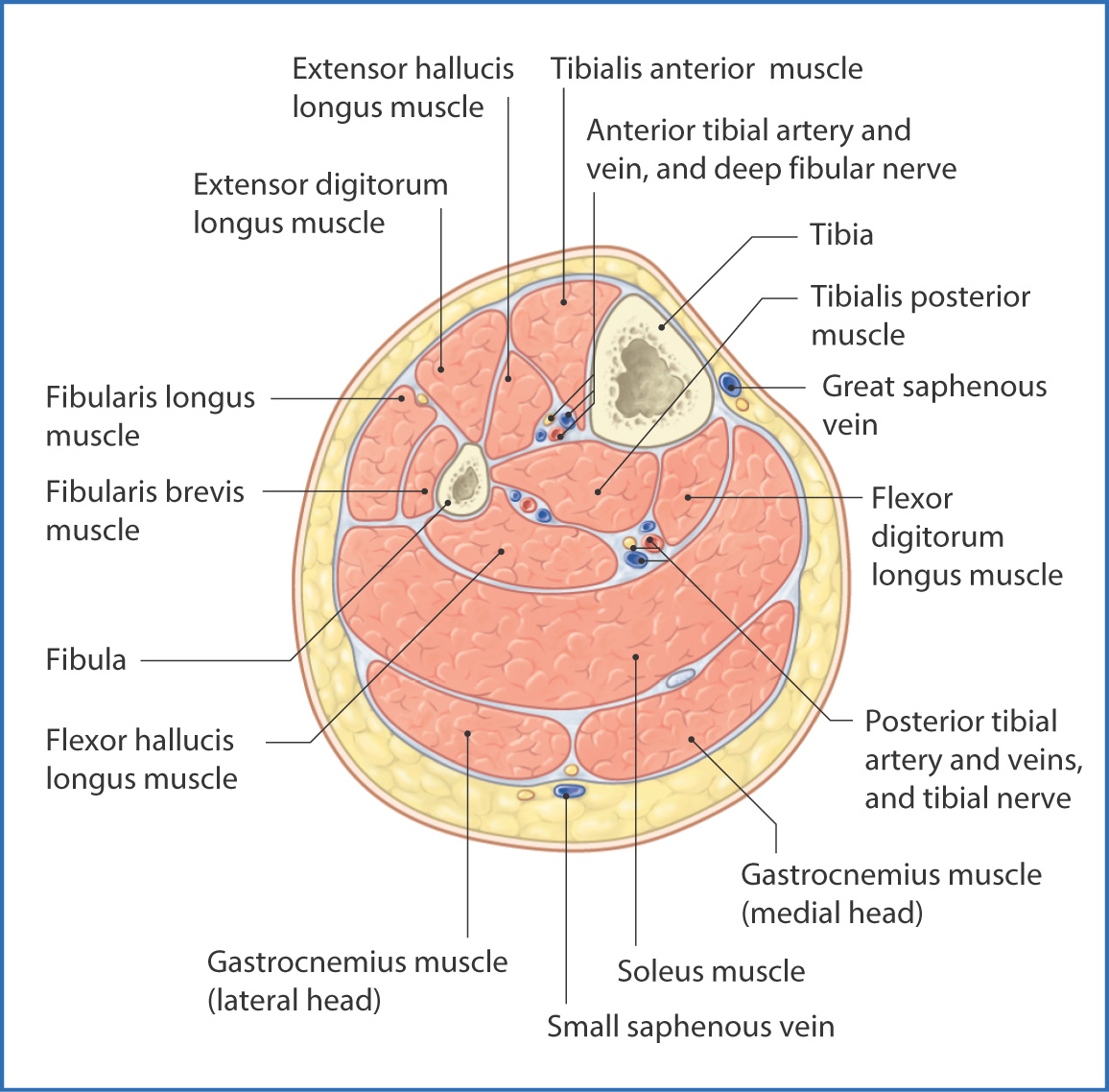

Any duplication or distribution of the information contained herein is strictly prohibited without authorization. Links to other sites are provided for information only - they do not constitute endorsements of those other sites. A licensed physician should be consulted for diagnosis and treatment of any and all medical conditions. The information provided herein should not be used during any medical emergency or for the diagnosis or treatment of any medical condition.

This site complies with the HONcode standard for trustworthy health information: verify here. Learn more about A.D.A.M.'s editorial policy editorial process and privacy policy. is among the first to achieve this important distinction for online health information and services. follows rigorous standards of quality and accountability. is accredited by URAC, for Health Content Provider (URAC's accreditation program is an independent audit to verify that A.D.A.M. It can also occur in the hand, foot, thigh, buttocks, and upper arm.Ī.D.A.M., Inc.

There is usually no permanent injury to the limb.Ĭompartment syndrome is most common in the lower leg and forearm. However, the pain can limit activity and endurance. This condition is usually less limiting and does not lead to loss of function or limb. The pressure in a compartment only increases during that activity and goes down after the activity is stopped. Loss of blood supply due to the use of a tourniquet or positioning during surgeryĮxertional compartment syndrome can be caused by repetitive activities, such as running.Trauma, such as a crush injury or surgery As we said before, the leg is divided into three muscular compartments, however this can sometimes be classified as four muscle groups.Surgery or even amputation may be done to correct the problem.Īcute compartment syndrome may be caused by: The leg is organized into three fascial compartments: anterior, lateral, and posterior, which are formed by the interosseous membrane, the anterior. If the pressure lasts long enough, the muscles may die and the arm or leg will no longer work. The muscles that make up the superficial posterior compartment of the lower leg. The gastrocnemius is a prime mover of knee flexion, and the plantaris and soleus participate in plantarflexion of the foot. This can lead to permanent injury to the muscle and nerves. Lastly, the superficial posterior compartment houses the gastrocnemius, soleus, and plantaris. If this pressure is high enough, blood flow to the compartment will be blocked.

This raised pressure, presses the muscles, blood vessels, and nerves. Any swelling in a compartment will lead to increased pressure in that area. Fascia surrounds these structures, similar to the way in which insulation covers wires.įascia do not expand. The compartment includes the muscle tissue, nerves, and blood vessels. Inside each layer of fascia is a confined space, called a compartment. Compartment syndrome most often occurs in the anterior (front) compartment of the lower leg (calf). Severe damage to the nerve and blood vessels around a muscle can cause the muscle to die and amputation might be necessary.Thick layers of tissue, called fascia, separate groups of muscles in the arms and legs from each other. If the pressure becomes great enough, blood flow to the muscle can be blocked, leading to a condition known as compartment syndrome. Blood vessels and nerves can also be affected by the pressure caused by any swelling in the leg. The thickness of the fascia can give problems when any inflammation present in the leg has little room to expand into. Due to the great pressure placed on the leg, from the column of blood from the heart to the feet, the fascia is very thick in order to support the leg muscles. The fascia also separates the skeletal muscles from the subcutaneous tissue. The septa are formed from the fascia which is made up of a strong type of connective tissue. Įach compartment contains connective tissue, nerves and blood vessels. The lower leg is divided into four compartments by the interosseous membrane of the leg, the anterior intermuscular septum, the transverse intermuscular septum and the posterior intermuscular septum. All of the muscles within a compartment will generally be supplied by the same nerve. The compartments usually have nerve and blood supplies separate from their neighbours. The compartments are divided by septa formed from the fascia. The fascial compartments of the leg are the four fascial compartments that separate and contain the muscles of the lower leg (from the knee to the ankle).


 0 kommentar(er)
0 kommentar(er)
